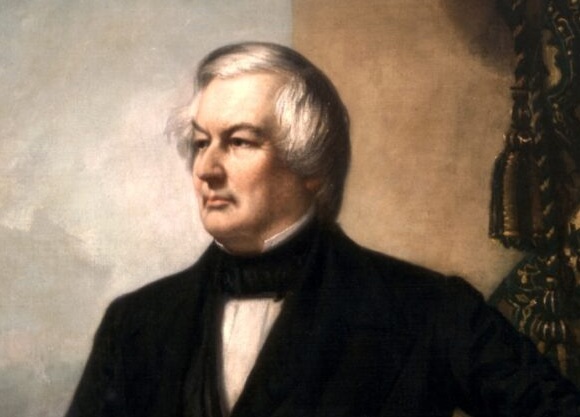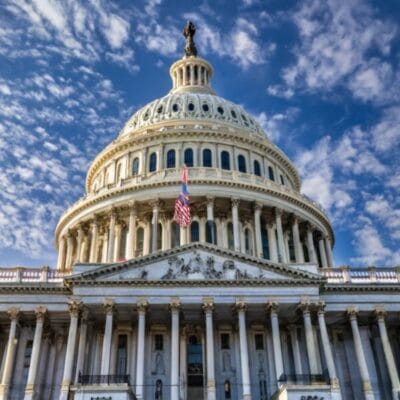Introduction
The American political landscape has become increasingly polarized in recent decades, with a stark divide between red (Republican) and blue (Democratic) states. This division has profound implications for the nation’s political discourse, policy-making, and social fabric.
The Genesis of Political Divide: The Polarization of Red and Blue
The roots of the red-blue divide can be traced back to the 1960s, when the Civil Rights Movement and the Vietnam War sparked deep societal divisions. These issues led to a realignment of political parties, with the Republican Party becoming more conservative and the Democratic Party embracing social liberalism.
Over time, this ideological divide was reinforced by factors such as demographic changes, economic inequality, and the rise of partisan media. Red states tend to be more rural and conservative, while blue states are more urban and liberal. This geographic divide has further contributed to the polarization of American politics.
Red vs. Blue: A Fractured Nation and the Roots of Division
The red-blue divide has created a nation that is increasingly divided along political lines. Red states often perceive blue states as elitist and out of touch, while blue states view red states as backwards and intolerant. This mutual distrust and animosity has made it difficult for politicians to find common ground and address national challenges.
Furthermore, the red-blue divide has had a significant impact on policy-making. Red states tend to support lower taxes, deregulation, and a strong military, while blue states favor higher taxes, social welfare programs, and environmental protection. These differing priorities have made it difficult to pass legislation that addresses the needs of the entire nation.
Summary
The red-blue divide has become a defining feature of American politics. It is a reflection of deep-seated ideological, demographic, and geographic divisions within the nation. This divide has created a fractured nation, made it difficult to find political consensus, and hindered the ability to address national challenges effectively. Understanding the roots of this division is crucial for healing the nation’s political wounds and moving forward as a unified country.



